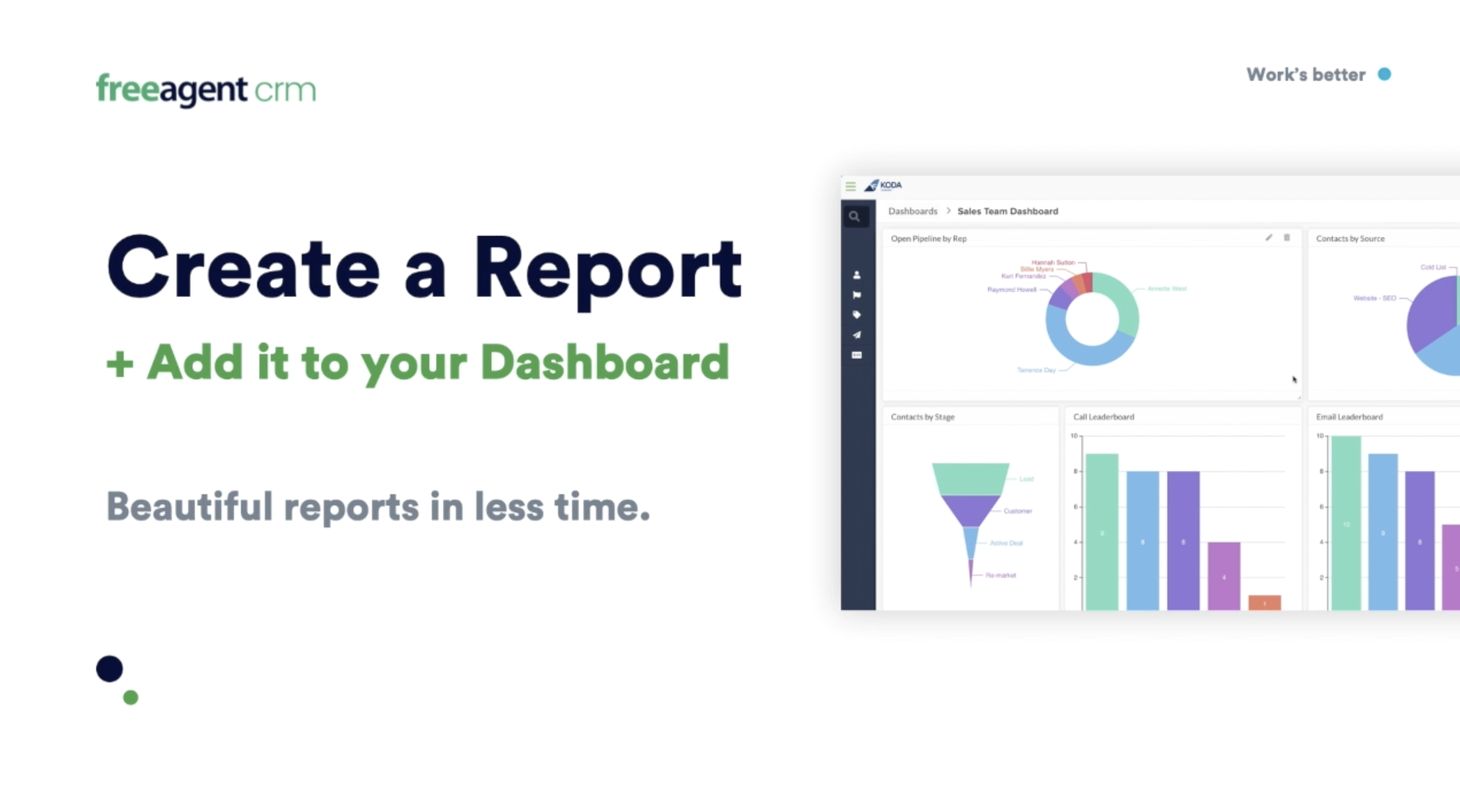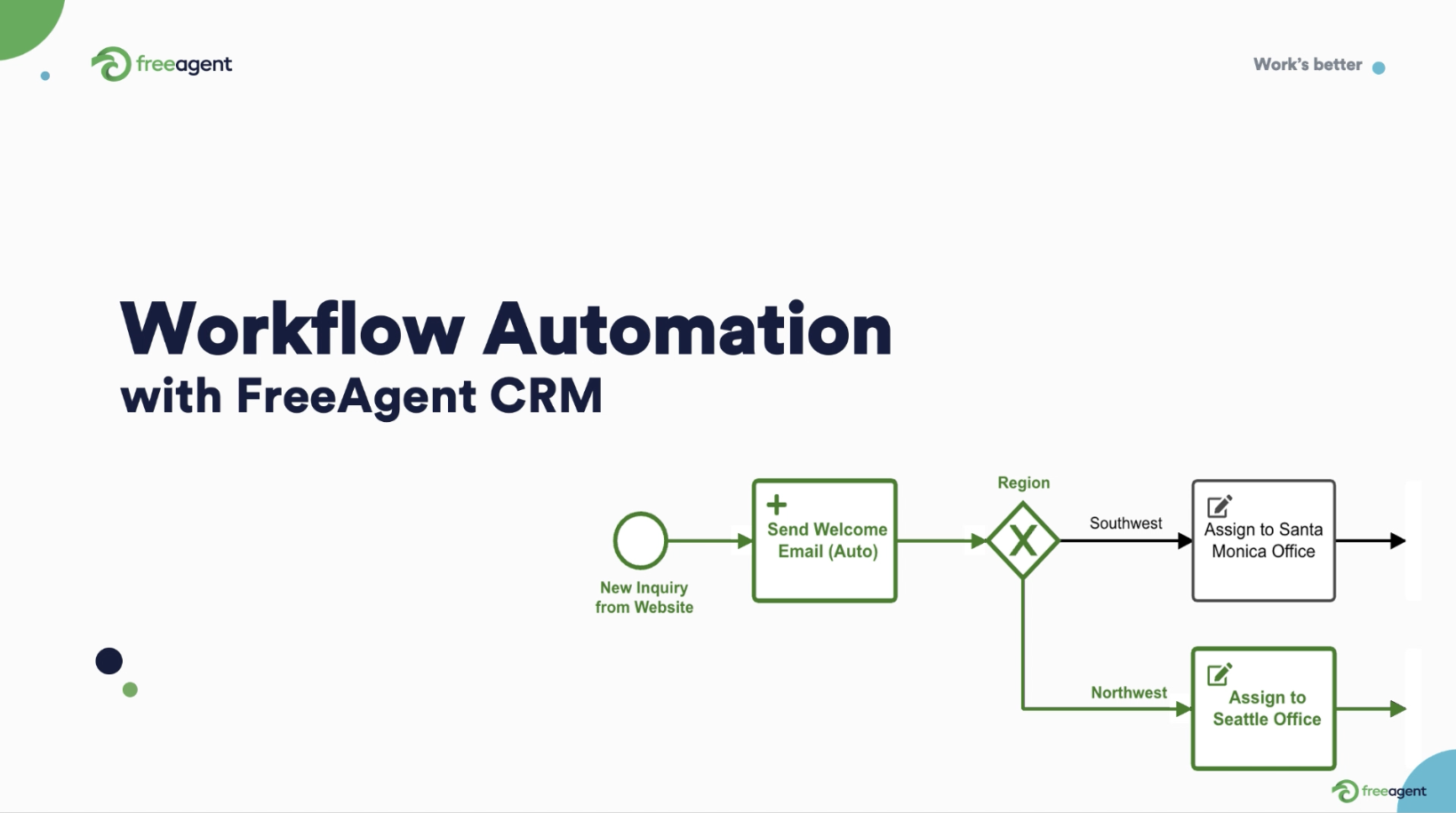Sales prospecting is about finding and wooing the right customers for your business on the channels they spend time on.
In a typical sales funnel, prospecting is the first stage and sets the tone for everything else. Better prospecting for higher-quality customers leads to greater sales activity, easier sales engagement, more closed-won deals, and more revenue.

Who is responsible for prospecting?
BDRs and SDRs typically handle sales prospecting. On smaller teams, they may double up as account executives and handle end-to-end account management.
However, founders can also be responsible for prospecting in the early days of their startups. Their online and offline sales activity will determine how fast the company grows or whether brand awareness spreads.
Why effective sales prospecting is important

Prospecting is an art and a science, and there are clear consequences to doing it wrong. Without the right processes in place, you or your sales team might experience:
- Lost hours
- Low revenue
- Low win rates
- Blocked emails
- Fruitless cold calls
- Frustrated sales reps
- Turned-off prospects
You’ll spend so much time fishing in the wrong ponds (or underpopulated ones), leading to higher competition, more resource usage, and lower profits.
A poor prospecting process may also frustrate your sales team, leading to missed sales quotas and higher staff turnover.
And because you’re targeting the wrong people or reaching out with ineffective sales emails, you might turn off your customers.
On the flip side, effective prospecting leads to:
- Higher close rates and won deals
- Better cold calls and emails
- More revenue and growth
- Greater staff retention
- Happier customers

Lead vs. Prospect vs. Opportunity: What’s the difference?
You might be confused about the difference between a lead, prospect, and opportunity. The difference between these terms comes down to qualification.
A lead is interested in your product (say, they’ve signed up to your newsletter), but is not yet matched to your ideal customer profile (e.g. ‘marketing managers’) and likely unqualified (for instance, not having the budget for your product).
A prospect is matched to your ICP (e.g., ‘sales manager’) and qualified to buy from you (e.g., having buying authority and having a sizeable budget). However, they may or may not be interested in your specific offering if they’ve not heard about you yet, even though they may be further along the buying process.
An opportunity is a contact that is interested in your product, matched to your ICP, and qualified to buy from you. It’s important to manage sales opportunities effectively to close deals.
Here’s what the progression usually looks like:

4 prospecting principles
There are four main principles to guide your sales prospecting efforts:
- Establish your ideal customer profile (ICP)
- Fish in the right waters
- Qualify your prospects
- Raise buying temperature
1. Establish your ideal match (ICP)
You can’t fish effectively if you don’t know what type of fish you’re aiming for. Similarly, it’s essential to define what your ideal customer profile looks like. This means determining their:
- Job title (and close matches)
- Ideal budget size
- Company size
- Problem set
- Territory
Let’s say you sell CRM software. Your product helps businesses sell more effectively — but businesses are run by people. You need to define your target audience by the people who will buy and use your product.
Your target audience can be:
- Sales managers or directors
- Based in North America or Europe
- Working in 10-50 person companies
- With at least $5k in monthly recurring revenue
- Who struggle to manage their sales operations in one place
Such tight targeting helps you filter out those who wouldn’t be a good fit for your offering.

2. Fish in the right waters — increase the number of prospects
There’s no point in having the perfect pole if you’re fishing in still waters. Likewise, you need to go where the most prospects are — and this differs based on what you’re selling and to whom.
For example, LinkedIn is a great fishing pond for businesses that sell to marketers and salespeople. But if you sell to developers, you’re more likely to find them on GitHub, Hacker Noon, and Product Hunt.
By fishing in the right ponds, you drastically increase your chances of closing lucrative deals and deploying your resources more effectively.

3. Qualify and score prospects effectively — BANT
Not all prospects are ready, willing, or able to buy.
Some prospects can be ready and willing, but unable to buy your product due to limited budgets.
Others might be able to afford you, but are not willing to switch from an existing service provider.
Still others might be willing and able, but not ready to switch yet due to contractual obligations.
As such, it’s crucial to qualify every prospect you engage with using the BANT framework to determine whether a prospect is more likely to buy. BANT stands for:
- Budget
- Authority
- Need
- Timing
Here’s how each letter of the acronym works:
👉🏽 Budget: Find out how much they can afford
- How much does the prospect spend on similar products/services?
- How much money have they budgeted for this type of solution?
- Who is in charge of financial decisions at their company?
- Is your solution a priority to them?
👉🏽 Authority: Find out who signs off on new purchases
- Who are the champions, detractors, and influencers?
- What’s their decision-making process like?
- Who on their team will use your solution?
👉🏽 Need: Determine their pain level
- What problems are they trying to solve by looking at solutions like yours?
- How much do the problems bother the prospect on a scale from 1 to 10?
- How often do they run into those problems?
- What does their current workflow look like?
- What are their values and obstacles?
👉🏽 Timing: Find out how soon they’re willing to act
- Are there any contracts from other solutions they’ve already signed to? Until when?
- What are the implications if they don’t meet their time constraints?
- What types of time constraints are they working with?
- How long have they been looking for a solution?
With BANT, you spend less time on tire-kickers and more on your most promising prospects.

4. Nurture prospects — raise buying temperature and follow up
If prospects are able to buy but not willing just yet, you need to raise their buying temperature. This involves showing them:
- How they should approach solving their problems (through frameworks and guides)
- Others who’ve bought from you (through customer stories and testimonials)
- The benefits of buying right now (through regular content and emails)
- Why you’re the better option (through comparisons)
- The cost of inaction (through ROI calculators)
Each post turns up the heat just a bit, and improves the prospect’s likelihood of buying from you. Always advance the sale during every engagement or touchpoint.
Invite them to subscribe to your newsletter or podcast.
Have them read your customer stories and testimonials.
Prompt them to book a discovery call or demo.
Keep moving the sale forward.

7 prospecting tips to improve your success rates
You could perform all the above steps properly and still not see results. This is because there’s more to prospecting than just defining your ICP and fishing in the right ponds.
Mindset is also important. Getting too attached to the outcome can harm you more than help.
Only engaging with prospects on one channel or not tracking your sales prospecting efforts is another potential pitfall.
Here are seven tips to help you prospect for customers better:
- Go in with the right mentality: Prospecting is a numbers game, which means the more people you reach out to, the higher your chances of making a sale. When you don’t manage to convert a customer, don’t take it personally — it’s just business.
- Personalize your outreach: Personalized outreach makes you more human. Use your prospect’s name, refer to facts and accomplishments they’ve posted about — show them you know them.
- Use the right tools: The right sales prospecting and engagement tools can supercharge your sales workflow. For example, software like Clearbit can enrich incomplete customer data to improve your email outreach.
- Go where the money is: Don’t waste your time on low-value prospects — they deplete time and resources. Focus on high-value targets in the right verticals and with the right titles, and price yourself accordingly.
- Batch prospecting sessions: Prospecting is taxing, and it’s essential to avoid burnout. You can do this by batching your prospecting sessions and taking regular breaks to de-stress.
- Switch up sales touches: Prospecting entirely on LinkedIn, for example, could limit your revenue potential. As you invest in social selling, explore other channels such as phone outreach, cold email, and in-person events. This diversifies your efforts and improves your win rates.
- Track your efforts: You can’t change what you don’t manage. To this end, use tools like CRM software to track your sales prospecting efforts.

Manage your sales prospecting process with CRM software
CRM software is one of the most effective ways to manage your B2B sales prospecting process. With CRM software, you can:
- Maintain context on accounts
- Stick to your sales playbook
- Score leads more effectively
- Nurture through automation
- Save crucial contact details
- Leverage brand templates
FreeAgent CRM is built to facilitate those functions and more. Try out FreeAgent CRM today and sell to your best clients yet.







